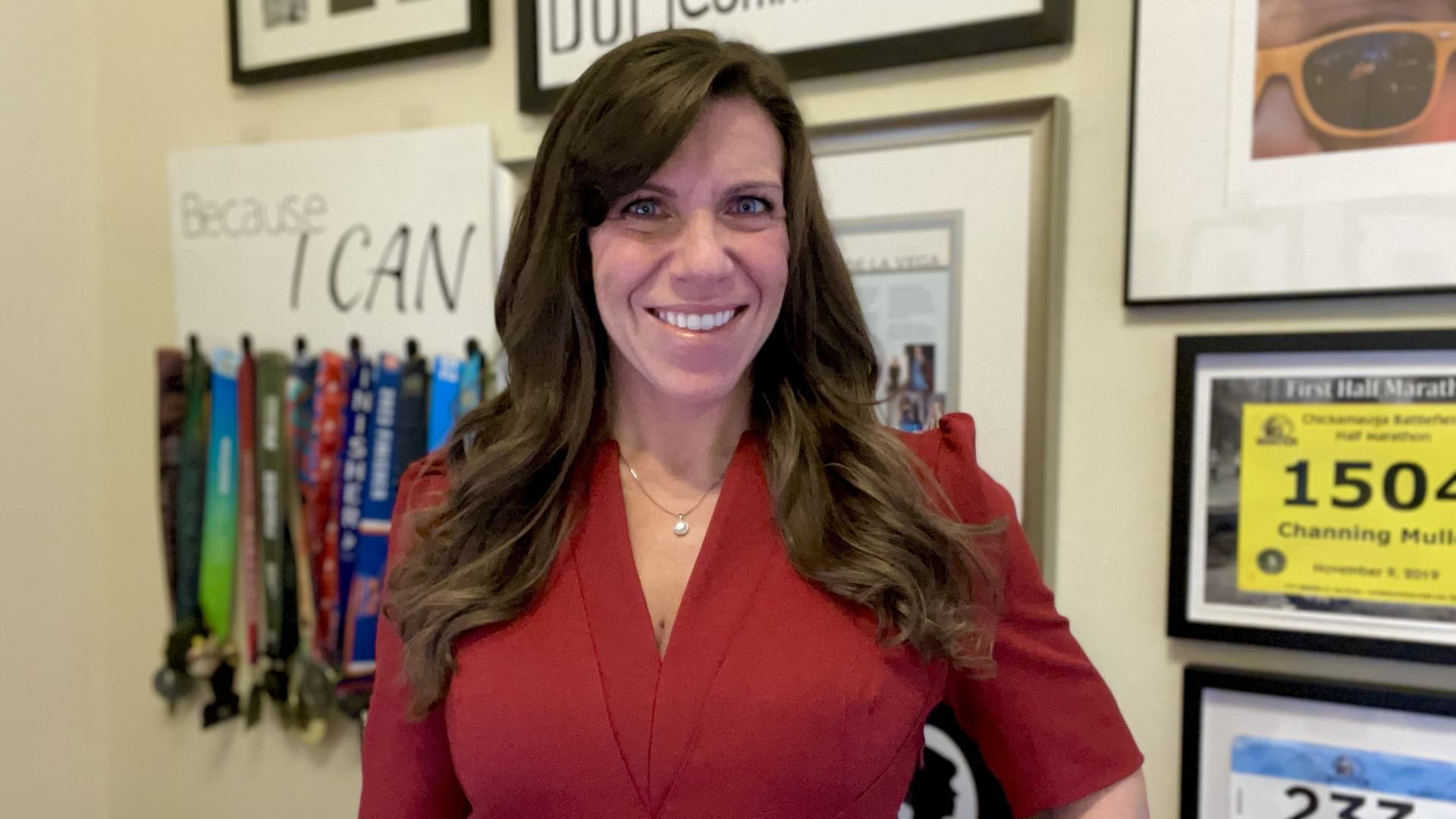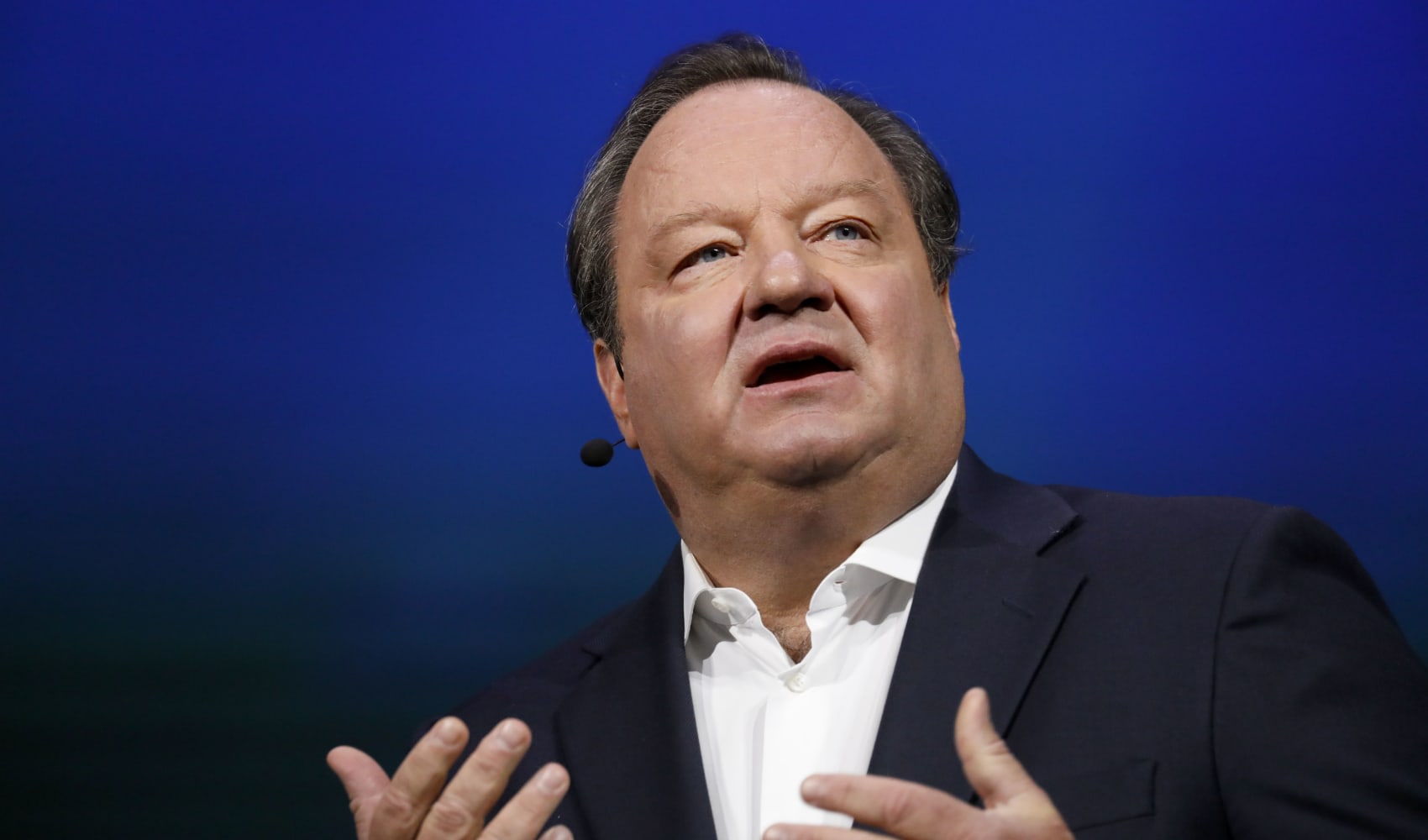
- The era of free dating apps may be over: Companies are trying to boost revenue, while single people increasingly feel the apps are the only way to find love.
- Some 35% of Americans who have used a dating website or app have paid to do so at some point, according to a recent report by Pew Research Center.
- "The days of venture capital-subsidized swiping are over," said Blaine Anderson, a dating coach in Austin, Texas, who said her clients spend hundreds of dollars a month on dating apps.
Channing Muller moved to Chicago in May from Chattanooga, Tennessee. Her main goal in the new city was to find a partner.
Already a Bumble user, before long, she was subscribed to three more dating apps: The League, Hinge and Match. Muller wanted to get the most out of the platforms, so she signed up for their paid versions.
At times, she was spending more than $100 a month on the apps.
Get a weekly recap of the latest San Francisco Bay Area housing news. Sign up for NBC Bay Area’s Housing Deconstructed newsletter.
"When you're serious about looking for a relationship, you're going to put your money where your mouth is," said Muller, 38, a marketing consultant.

The era of free dating apps may be over: Companies are trying to boost their revenue, while single people increasingly feel the apps are the only way to find love.
Money Report
Some 35% of Americans who have used a dating website or app have paid to do so at some point, according to a recent report by Pew Research Center. The average paying dating app user spends around $19 a month, Morgan Stanley found earlier this year.
Some people, however, shell out much more.
The League's VIP membership costs $999 a week or $2,499 a month. The VIP membership allows users to match with prospects in multiple cities, see new singles first and use a concierge service that it says will help you "win at this dating game."
In September, Tinder rolled out a $499 monthly subscription to some of its most active users, and Hinge recently introduced a $600-a-month membership.
Read more of Personal Finance:
3 financial tips for couples moving in together for the first time
He paid for the first date and he asked for his money back
Latino student loan borrowers face extra challenges
"The days of venture capital-subsidized swiping are over," said Blaine Anderson, a men's dating coach in Austin, Texas, who said her clients spend hundreds of dollars a month on dating apps. "[Companies] want to monetize the services they provide to eager singles."
The rise of paid options has rendered free tiers "borderline unusable" for some clients, Anderson said.
Still, dating app companies say they have noticed a demand for paid add-ons and are unlikely to go back.
"There's a group of users who are eager to use our premium features," AJ Balance, Grindr chief product officer, told CNBC.
Officials at Match Group, Inc., the parent company of more than 45 dating apps and sites, including Tinder, Hinge and The League, declined to comment.
Dating apps use paid features to entice users
Dating apps have seen a slowdown in user growth of late, "stoking investors' concerns that the honeymoon may be over for the U.S. online dating industry," Morgan Stanley wrote in a recent report.
"I think there's a general sense of app fatigue," said Kathryn Coduto, an assistant professor at Boston University who studies internet behavior.
In her research, Coduto has found that many people use up to four dating apps at a time. The platforms can start to blend together.
"The apps are pulling from the same dating pool, and so [users] are seeing the same people, matching with the same people and not finding anyone new," Coduto said. "This leads to a feeling of frustration and the question of like, 'What's the point?'"
Dating apps, in response, are trying to entice users with exclusive memberships and unique perks, Anderson said: "Premium features can really accelerate and improve the quality of your matches and dates."
On the dating app Coffee Meets Bagel, users who pay $34.99 a month can send virtual flower bouquets, while Tinder lets certain subscribers swipe on people in different cities. Grindr users can see an unlimited number of profiles if they pay $39.99 a month, compared with the 99 profiles available to its free users.
Paying to find love is, of course, not new.
"People have paid for things like personal ads, speed-dating experiences, dating and relationship coaches and matchmakers," Coduto said.
While there's proven to be a healthy market of dating app subscribers, many single people may feel they have no other choice, said Ali Mogharabi, senior equity analyst at Morningstar Research Services.
"It's become more of a norm to use apps to find dates and long-term relationships," Mogharabi said.
Anderson, the dating coach based in Austin, said her clients often feel that they have to pay for an app's premium services to actually have a chance at meeting someone.
"You want to be able to cast a wider net and you often can't do that with the free version," Anderson said.
The unpaid versions are also increasingly loaded with annoying advertisements, Coduto added.
"You're swiping on a lot of ads in addition to people," she said.
Dating app costs can cut into other expenses
Carli Blau, founder of Boutique Psychotherapy in New York, said she thinks dating app companies are taking advantage of people. Some of her clients have been on the apps for years and remain single, she said.
She's noticed that many of the features that used to be free now come at a cost.
"At what point are we monetizing somebody else's unhappiness? Where does it become unethical?" Blau said.
Nikita Sherbina, who owns a software company in Phoenix, has spent around $250 a month for the last two years on three dating apps: Hinge, Bumble and Tinder.
"It's kind of expensive," Sherbina, 26, said. "I usually compromise [on] other types of expenses, like groceries."
In its most recent earnings call, Match Group, Inc. executives pointed to the resumption of student loan payments in the fall, credit card delinquencies and other economic factors as threats to its bottom line.
"Given that we have a lot of consumers at Tinder who are on the younger side [and] who tend to have less discretionary income, we could feel a little bit of that impact," Gary Swidler, Match's president and chief financial officer, said on the call.
Paying for premium dating apps doesn't promise love
There is some evidence that paid dating apps get results.
Coffee Meets Bagel says its paid users get 60% more dates than its nonsubscribers. Pew Research has found that people who met their partner on an app are more likely to have paid for the service.
But when you're dealing with an area as messy and mysterious as romance and love, money can only go so far, Coduto said.
"Ultimately, I think a lot of people pay to use dating apps because it gives them a sense of control over a process that often feels full of uncertainty," she said.
Often, improving your profile may go further than just paying to be seen by more people, Anderson added: "You have to have an exceptional profile as a man to even be in the ball game of potentially getting matches."
Coduto agreed.
"Paying for a dating app isn't going to write you a better biography or opening line," she said. "It doesn't ultimately change who you are behind your profile."
In September, Muller decided to take a break from dating apps, she said. Although the memberships offered her more and more features and larger access to profiles, the price tags began to feel too high.
"I'm sorry, do you have Bill Gates' long-lost son on there?" Muller said.






